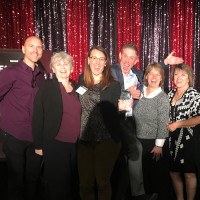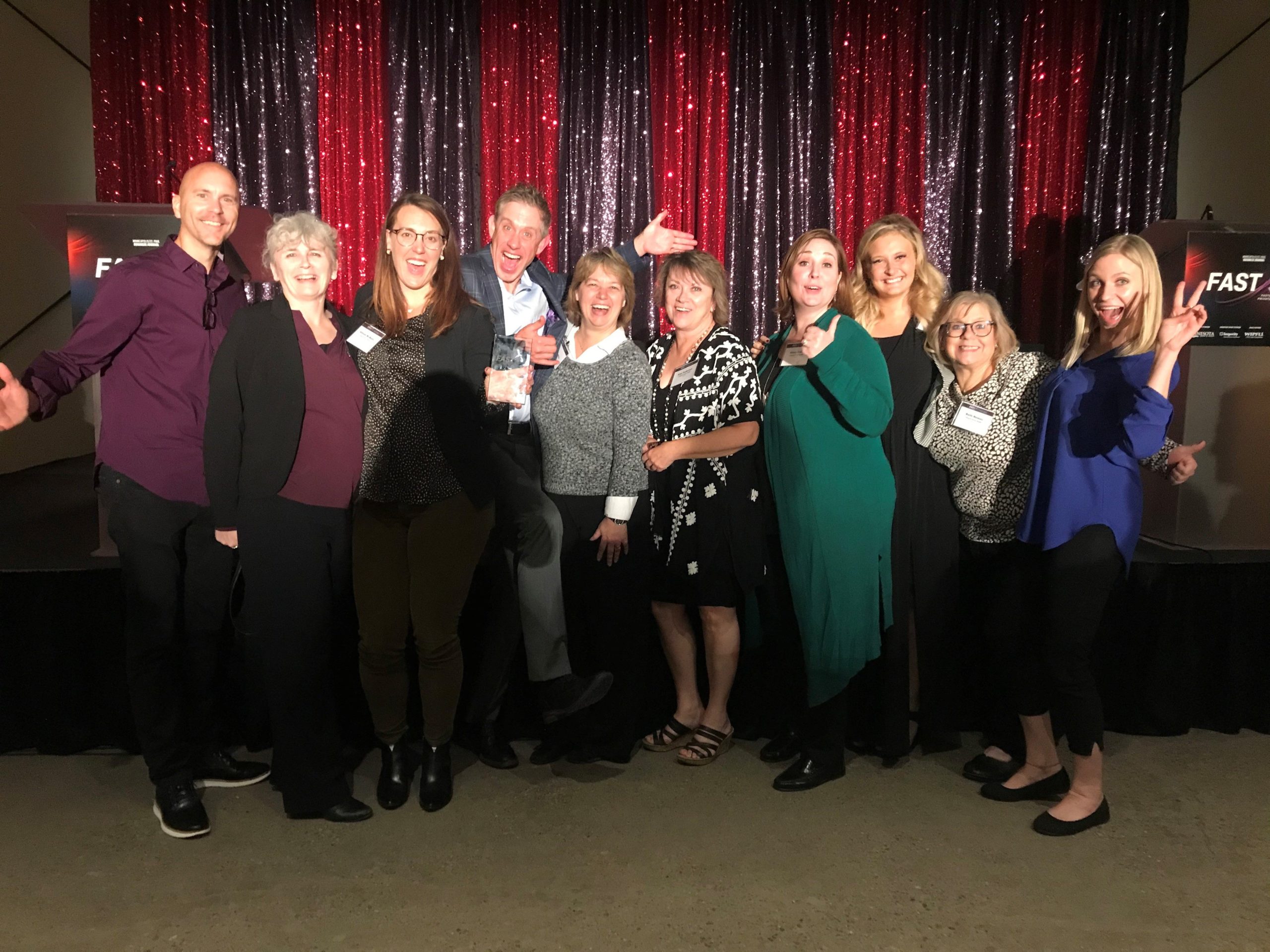
Lifespark Honored for Seventh Time as One of Fastest Growing Companies in Twin Cities
The Population Reference Bureau’s (PBR) Population Bulletin, ‘Aging in the United States,’ points to the growth of the baby boomer generation as unprecedented in U.S. history. ‘As they have passed through each major stage of life, baby boomers (between ages 55 and 73 in 2019) have brought both challenges and opportunities to the economy, infrastructure, and institutions.’
No doubt, those opportunities to serve this population have fueled Lifespark’s growth, landing us on the Minneapolis/St. Paul Business Journal’s list of the fastest growing companies in the Twin Cities coming in at 44 out of 50 (up from 47 last year). After closing 2018 with earnings just over $25 million, Lifespark is expected to increase revenue by another 10 million by the end of 2019. What’s important to note, the reasons for growth have less to do with a growing number of people and more to do with a generation that is demanding a better experience within the infrastructures and institutions that care for them. With that comes a shift in healthcare thinking and significant growth for those companies ready to tackle what people want when it comes to their health in terms of spend, outcomes, and experience.
Delivering the experience though isn’t our biggest challenge. According to Joel Theisen, BSN, Lifespark CEO, retention and attracting top talent is. “We have been evolving over the past year in preparation for tremendous growth and the opportunity to deliver value-based care,” said Joel. “We’ve also simplified our vertical service lines. In an environment of growth, it’s challenging to retain and attract the right people who can weather the evolution. We can’t survive without their commitment and most importantly their SPARK – our people are essential to realizing our future.”
CEO, retention and attracting top talent is. “We have been evolving over the past year in preparation for tremendous growth and the opportunity to deliver value-based care,” said Joel. “We’ve also simplified our vertical service lines. In an environment of growth, it’s challenging to retain and attract the right people who can weather the evolution. We can’t survive without their commitment and most importantly their SPARK – our people are essential to realizing our future.”
What is it then that fuels growth and builds a better experience? Is it the model or is it the people who deliver it? Joel would argue it’s both. “A model that inspires and sparks change motivates people,” said Joel. “We deliver a person-centric model and that alone creates a culture of people who view our work not as a job but a mission. We tend to hire people looking to disrupt healthcare and who are tired of the status quo when it comes to creating outcomes that matter to seniors. Because of this, the people we hire deliver our model exceptionally well. Culture is strategy.”
As Joel mentions, finding those people can be hard, especially in healthcare which is hit the hardest with a shortage of nurses and caregivers. It’s a common theme among many Minnesota healthcare professionals.
“One way we tackle this issue is through communication and trust,” said Joel. “David Horsager talks about those in his trust findings. Reinforcing why and how we will grow is critical to our people trusting and believing our vision. It’s also central to how we build trusted relationships with those we serve.”
As we prepare to fuel even more growth ahead, the top priorities will be proving efficacy of our world-class innovative model and retaining top talent. “We want to show the world that working with people from a holistic consumer-centric point of view is the answer to changing the ‘sick care’ system,” said Joel. “This coming year is focused on designing, delivering, and obtaining the results that validate how our model creates value with proven outcomes as we prep for scale with additional providers and payors.”
Those two priorities alone will pave the way for the change those baby boomers are looking for and provide opportunities for a new breed of healthcare professionals looking to deliver it.
What do you think fuels growth – people or the model? Share On! (And if you’re a disruptor, we would like to speak with you, we’re hiring!)



